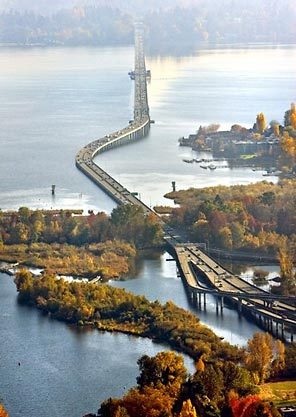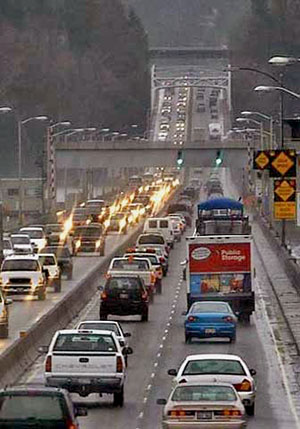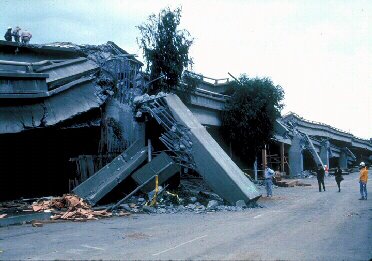Sound Transit saves and pays extra $20 million
$72 million price more than agency expected, but less than first bid
Last updated February 28, 2008 9:34 p.m. PT
P-I STAFF
Mowat Construction will build a station at Sea-Tac Airport for Sound Transit's light rail system, but for $72 million, $20 million more than the agency initially thought.
Sound Transit board members Thursday approved a contract for Mowat to build the station at a cost that's $23.3 million cheaper than Mowat originally bid.
Despite a year's delay in the contract process, Sound Transit will complete the station in time to open light rail service between downtown Seattle and the airport, said Ron Lewis, the agency's deputy light-rail director.
The station is part of a $2.6 billion, 15.7-mile light rail system linking downtown Seattle to the airport. Sound Transit plans to open the system in December 2009.
Mowat was the lone bidder in March 2007 to build the station, a multilevel structure with a mezzanine that connects to the airport garage and the terminal, and a pedestrian overpass above International Boulevard that will connect to a pedestrian plaza on the east side of that street.
The company bid $95.3 million to build a station Sound Transit engineers estimated would cost $51.8 million.
Officials blamed the high bid on lack of competition and a booming construction environment that kept many contractors busy erecting buildings elsewhere.
Lewis said calling for new bids risked the possibility that no new ones would be submitted, and that the work would be delayed past the startup date.
So the agency went ahead with another contract for Mowat to build the concrete floors of the structure and the supports for the rails leading to it. The agency negotiated with Mowat to trim $23 million from the price of the building, and Sound Transit also set aside $2 million to cover unforeseen contingencies.
The building still will look basically the same as planned, Lewis said, but cost savings were made by reducing the size of the building's internal structural supports, narrowing the roof width, reducing the amount of glass and eliminating an enclosure for an emergency-access stairway.
Lewis said Sound Transit engineers advanced the original design thinking they could build the station for the amount they originally estimated.
He said "having a contractor in a room with the designer helped" when the agency negotiated the lower-cost design with Mowat.
He said some Sound Transit staffers who worked on the original airport station design also are developing the design for a station planned near Husky Stadium on the University of Washington for service to the campus. Lessons learned at the airport will be applied at the UW, he said.









